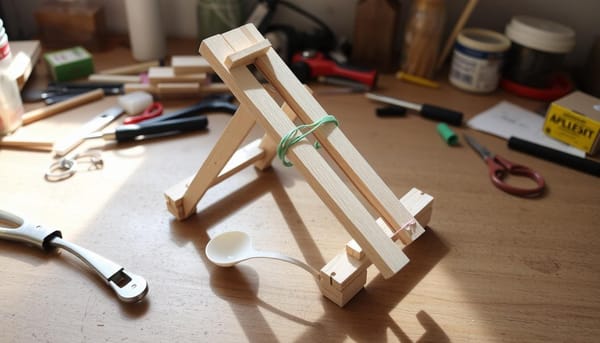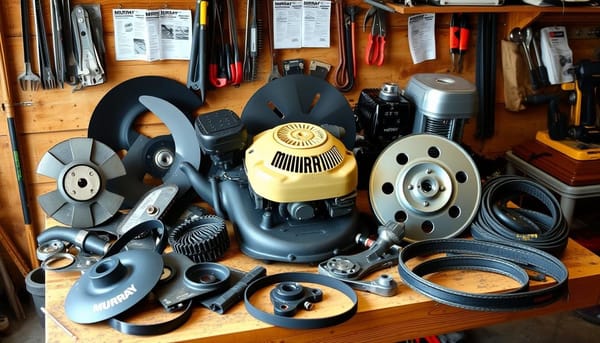Ceres Imaging: A Better Way for Farmers to Analyze their Farms

Agriculture has been around for a long time. Its creation marks the beginning of human civilization, Of course, there were obviously humans around long before the creation of agriculture, but the very base of the first human civilizations were built on top of agriculture. People couldn’t settle in one place and steadily increase their numbers without having a stable source of food. Agriculture provided exactly that. Ever since the invention of agriculture people have been constantly seeking ways that might improve agricultural processes, It first started with handheld tools made out of of wood and stone, next more refined tools made out of stone and iron, then better designs to make the tools more effective, and on and on in that fashion until we get to today where in which we use huge machines to harvest crops that cover hundreds of acres.
Since the beginning of the 21st century technological boom, farmers have hard in their line if business. Of course, they had it rough even before the boom because capitalism allowed the market to be dominated by big companies and food supplies. This left smaller farms to fend for themselves against the big companies. They were able to hold their own because of unique crops and rural markets, but technology doesn’t favor anyone in particular. So, when advanced technology really starts to take off, we see the bigger companies jump at the opportunity. The bigs guys get the heavy machinery and buy most of the little guys out. So, we see this kind of monopoly in agriculture across the U.S. (and other countries as well).
But, there is still hope for the little guys that remain independent from the monopoly. Like I said earlier, tools/machinery is always being improved in the agriculture sector. There’s always profit to be made by harvesting crops more efficiently and effectively so the market for advanced agriculture tools hardy ever experiences a lull. Like I said earlier (again), technology doesn’t favor anyone specifically, so there are times when the bug guys reap the benefits and there are time when the little guys reap the benefits.
A good way that the little guy can reap the benefits is by using Ceres Imaging, which is a new “Agtech” that people are starting to utilize. Ceres Imaging allows farmers to pay for a low-flying plane that takes snapshots of fields and crops. That may sound simple, but it’s a little more complicated than that. Ceres Imaging uses “spectral cameras and proprietary sensors, and soon after get delivered insights that can help farmers determine water and nutrient content at a plant-level while also gaining insights into problems ailing their crops like pest and disease.” Their products have a pretty good variety. Those products include, but aren’t limited to, devices that analyze water stress, chlorophyll content, plant counting, etc. Their funding, as of today, is around $7.5 million.
Farmers can utilize this technology by analyzing their farms in a way that they were never able to do before. There are three step to the process that they use. In the first step they “fly low to the ground and capture high-resolution aerial imagery at specific wavelengths that reveal plant health, producing meaningful agricultural data,” in step 2 they “employ unique image processing techniques to generate highly accurate data on every plant in the field,” and in step 3 they “use biological and mathematical modeling to correlate data to the physical state of individual plants, including water stress and leaf nitrogen content.” With this kind of process farmers can analyze their fields and crops more strategically and implement appropriate plans to make their own farming process more effective and/or efficient.
The products and services offered by Ceres Imaging will most likely continue to expand and grow in variety. This will allow for even greater utility in the Agtech industry. Not only that, but startups like these will potentially lead to agriculture breakthroughs that may one day save the world from its own population. I think it is best to consider the future when thinking about startups like this one. If you do that than there will always be growth one way or another.
Fyxes
Thoughts, stories and ideas.




